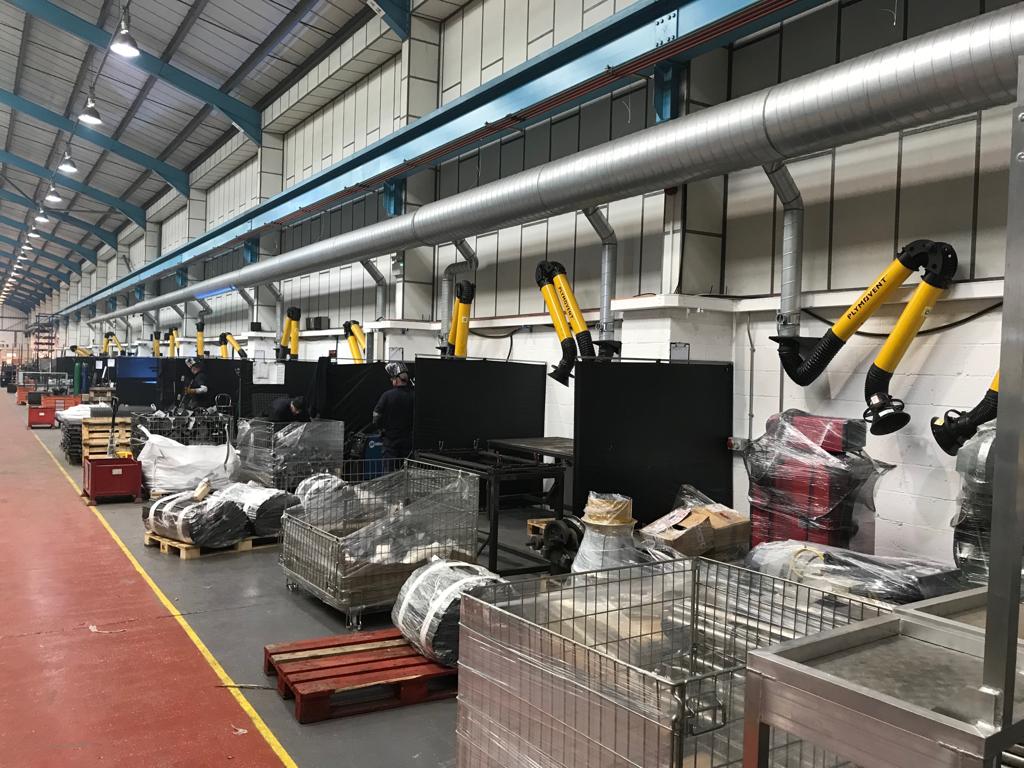A breakdown of an LEV system
So what is an LEV system?
LEV is the acronym for Local Exhaust Ventilation. It is an engineering system that captures dust, vapours, and fumes to minimise the danger of inhaling contaminated air.
The different components that make up the LEV system are:
An exhaust stack – this releases contaminated air into the environment, ensuring that the air isn’t spread into a communal area.
A fan – this moves tainted air through the hood and ducting system to the exhaust stack, meaning that easily maintainable positioning should be considered.
The duct – the purpose of the duct is to enable polluted air to travel through the ducting system through to the air cleaner. Due to this, it’s advisable to choose a ducting system that doesn’t have sharp corners to enable easy access for assessments, maintenance and cleaning.
As ducting systems are generally known to collapse (or, in some cases, catch fire) under the weight of dust deposits, implementing regular inspections to monitor any of these possible risks is vital.
Air cleaners – The purpose of these is to filter contaminated air and for any excess to be easily cleanable or replaced, helping to remove the risk of any further exposure – regularly doing this ensures that it continues to work effectively.
The extractor hood - captures contaminated air; this is important for appropriate work to be done.
To work effectively, the hood should be as close as possible to the source of contamination and should also enclose the work area as much as possible. This helps to avoid breezes that can blow contaminated air into the environment.
Like what you read and want to find out more?

